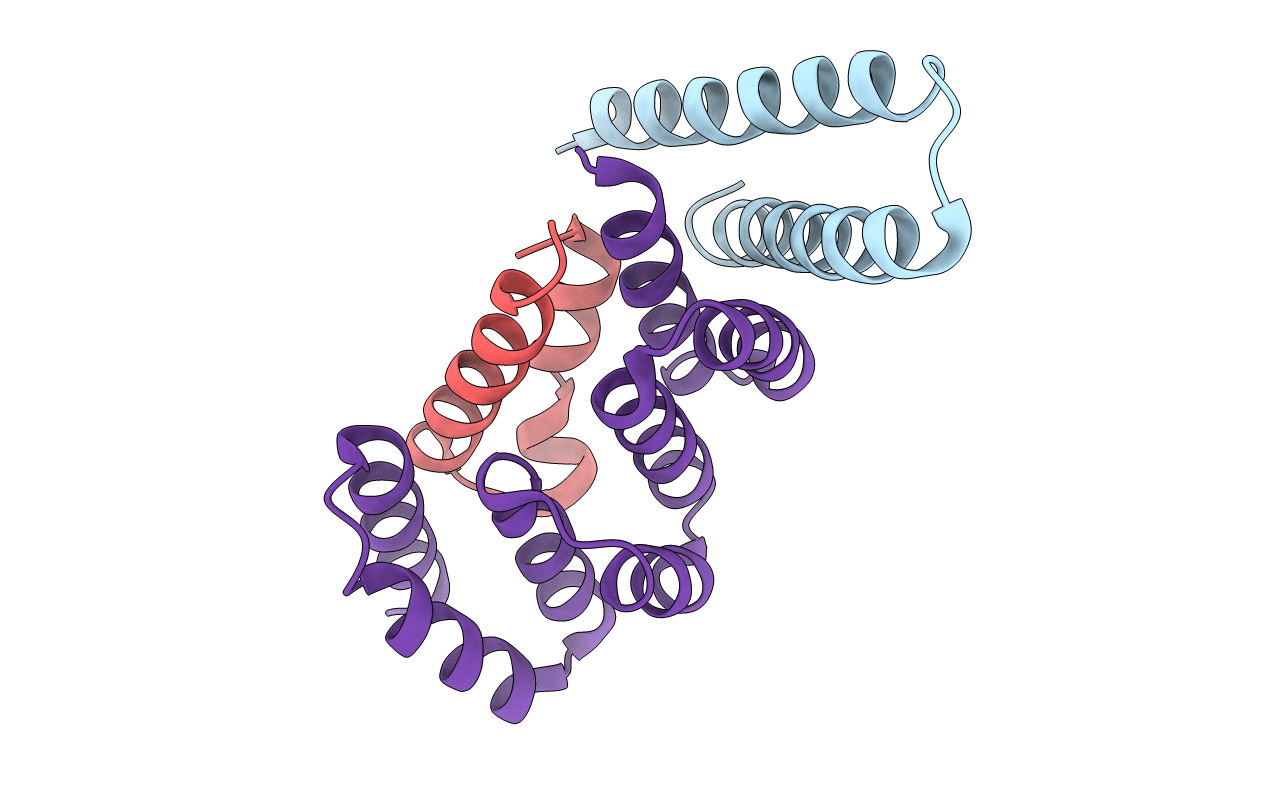
Deposition Date
2007-03-14
Release Date
2008-03-04
Last Version Date
2024-11-13
Entry Detail
PDB ID:
2P58
Keywords:
Title:
Structure of the Yersinia pestis Type III secretion system needle protein YscF in complex with its chaperones YscE/YscG
Biological Source:
Source Organism:
Yersinia pestis (Taxon ID: 632)
Host Organism:
Method Details:
Experimental Method:
Resolution:
1.80 Å
R-Value Free:
0.22
R-Value Work:
0.19
R-Value Observed:
0.19
Space Group:
P 21 21 2


